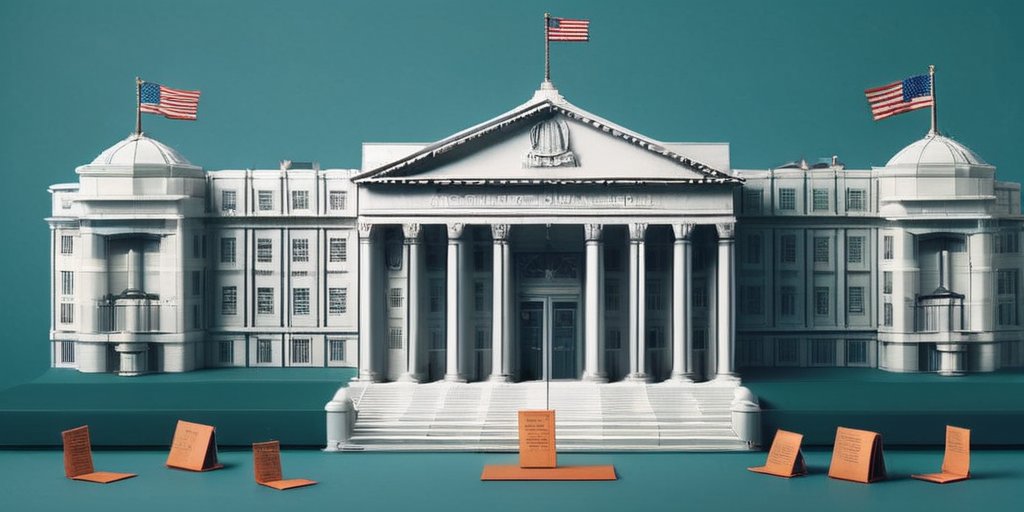In a striking turn of events, President Donald Trump has reignited discussions around dismantling the U.S. Department of Education with a proposed executive order aimed at shuttering the agency. This initiative has long been a cornerstone of conservative ideology, and it comes as the Republican leader returns to the White House as the 47th President after his recent election victory in 2024.
The U.S. Department of Education, established in 1979, plays a vital role in overseeing federal funding for public schools, administering student loans, and running various programs aimed at supporting low-income students. Often misunderstood, this agency does not operate schools or set curricula; those responsibilities are held by individual states and local school districts. Instead, it focuses on providing aid and ensuring civil rights protections within education systems.
Recently, the department announced significant staff reductions, estimating a cut of nearly half of its workforce, coinciding with Trump’s aggressive vision for reshaping the federal government. Critics of the department, including Trump and his supporters, have alleged that it engaged in what they describe as “indoctrination” of students through inappropriate content related to race, sex, and politics.
As for the mechanics of dismantling such a prominent federal entity, Trump faces substantial political hurdles. The complete shutdown of the Department of Education would require congressional approval, including a supermajority in the Senate. Current Senate dynamics show a Republican majority at 53 to 47, meaning Trump would need support from at least seven Democrats—a tall order in today’s polarized political climate. In fact, attempts made previously to abolish the agency in the House of Representatives have seen bipartisan rejection.
The Department of Education’s budget is $238 billion for fiscal year 2024, accounting for less than 2% of the federal budget, and it employs approximately 4,400 individuals—the smallest workforce among cabinet-level departments. Despite this, Trump’s administration shows determination to downsize the federal workforce across various programs, including education.
The questions surrounding the future of the Department of Education raise critical discussions about the overarching role of federal government in education and how needed reforms can be implemented to address concerns of oversight and funding for marginalized student populations. Could Trump’s plans create a rippled effect, changing educational dynamics throughout the nation? Only time will tell as his administration pursues its controversial strategies to reshape the educational landscape.
